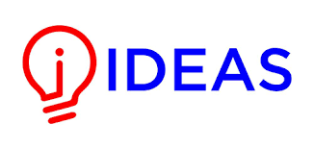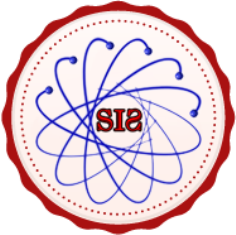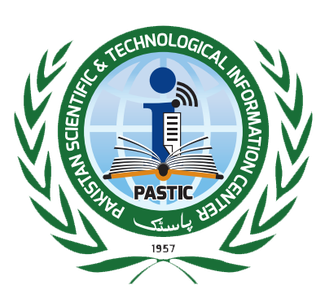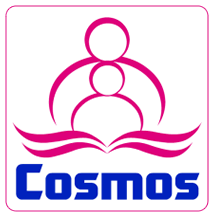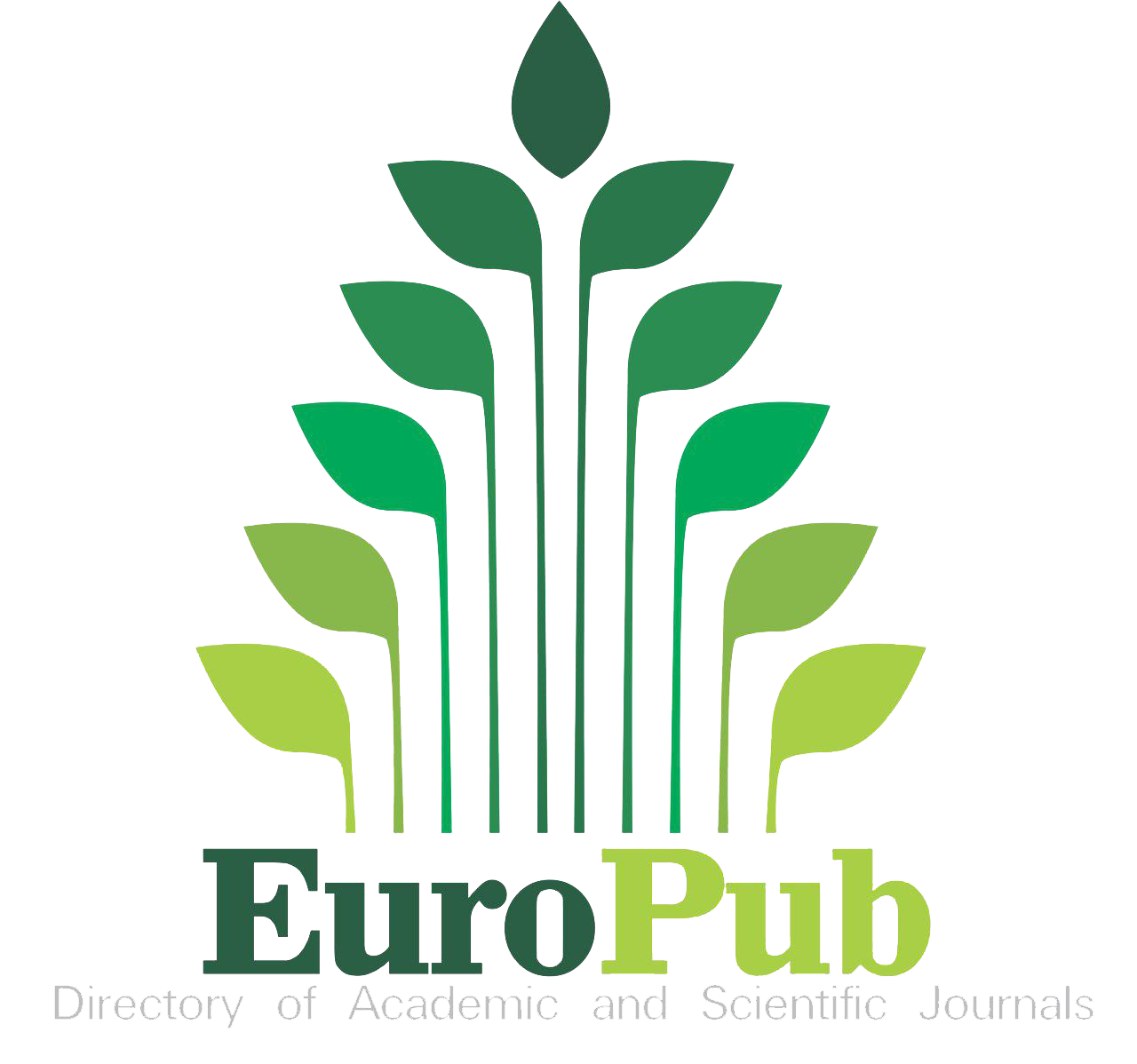A Robust Deep Learning Model for Early Glaucoma Detection Using Retinal Imaging
Keywords:
Glaucoma, Machine Learning, Deep Learning, Convolutional Neural Network (CNN)Abstract
The Glaucoma Detection System is developed in such a way that it can enable early diagnosis of glaucoma by incorporating the latest technology with the patient-centric healthcare paradigm. It uses a user-friendly interface written in the Tkinter language and a Convolutional Neural Network (CNN) model, and is mostly useful in processing medical images. The purpose of the methodology is to democratize ocular care, focus on the insidious nature of glaucoma, and emphasize the need to have a highly accurate CNN model to detect the disease at the earliest stage. The key features are preset structures and real-time image processing, which will speed up detection and allow healthcare professionals to prioritize severe cases. The system encourages the development of multimodal integration and feedback of data in order to promote efficacy, proactive eye health, as well as the principles of fair access to care.
References
S. E. Keene, “Cultivating Illegibility: Governing the Margins of Rural Marijuana Production,” Library (Lond)., 2017, [Online]. Available: https://ecommons.cornell.edu/items/4f4c92a8-1d00-4fdb-98f3-ad62227e0e81
Deepshikha, M. Megha, and K. M. Vishnu, “A review on glaucoma detection using deep learning algorithms,” i-manager’s J. Image Process., vol. 10, no. 1, p. 29, 2023, doi: 10.26634/JIP.10.1.19382.
T. Guergueb and M. A. Akhloufi, “A Review of Deep Learning Techniques for Glaucoma Detection,” SN Comput. Sci., vol. 4, no. 3, pp. 1–19, May 2023, doi: 10.1007/S42979-023-01734-Z/METRICS.
G. H. Majid Khan, “Performance evaluation of Machine Learning models to predict heart attack,” Mach. Graph. Vis., vol. 32, no. 1, pp. 99–114, 2023, doi: 10.22630/MGV.2023.32.1.6.
Saleh Ali Alomari, “An Efficient System for Diagnosis of Human Blindness Using Image-Processing and Machine-Learning Methods,” Int. J. Online Biomed. Eng., vol. 19, no. 10, 2023, [Online]. Available: https://online-journals.org/index.php/i-joe/article/view/37681
C. Oguz, T. Aydin, and M. Yaganoglu, “A CNN-based hybrid model to detect glaucoma disease,” Multimed. Tools Appl., vol. 83, no. 6, pp. 17921–17939, Feb. 2024, doi: 10.1007/S11042-023-16129-8/METRICS.
Engr. Ihtisham Ul Haq, Muhammad Anas, Waqas Ahmad, “Enhancing lane-keeping technologies with optimised convolutional neural networks for steering angle prediction,” Int. J. Veh. Auton. Syst., vol. 18, no. 1, pp. 1–20, 2025, doi: 10.1504/IJVAS.2025.10070324.
N. H. L. Jing Zhe Wang, “Classification of Color Fundus Photographs Using Fusion Extracted Features and Customized CNN Models,” Healthc. (Basel, Switzerland), vol. 11, no. 15, p. 2228, 2023, doi: 10.3390/healthcare11152228.
A. K. T. Supriya Suman, “Computer-aided diagnostic system for hypertensive retinopathy: A review,” Comput. Methods Programs Biomed., vol. 240, 2023, [Online]. Available: https://pubmed.ncbi.nlm.nih.gov/37320942/
J. Sharmila Joseph and A. Vidyarthi, “Multiclass Gastrointestinal Diseases Classification Based on Hybrid Features and Duo Feature Selection,” J. Biomed. Nanotechnol., vol. 19, no. 2, pp. 288–298, May 2023, doi: 10.1166/JBN.2023.3533.
Muhammad Imad, Atif Ishtiaq, “Integrating Machine Learning and Deep Learning Approaches for Efficient Malware Detection in IoT-Based Smart Cities,” J. Comput. Biomed. Informatics, vol. 5, no. 2, pp. 1–20, 2023, [Online]. Available: https://www.researchgate.net/publication/375962623_Integrating_Machine_Learning_and_Deep_Learning_Approaches_for_Efficient_Malware_Detection_in_IoT-Based_Smart_Cities
S. S. M. Erfan Noury, “Deep Learning for Glaucoma Detection and Identification of Novel Diagnostic Areas in Diverse Real-World Datasets,” Transl. Vis. Sci. Technol., vol. 11, no. 5, 2022, doi: 10.1167/tvst.11.5.11.
J. V. & S. F. Sajib Saha, “A fast and fully automated system for glaucoma detection using color fundus photographs,” Sci. Reports Vol., vol. 13, 2023, doi: https://doi.org/10.1038/s41598-023-44473-0.
M. I. Sheikh Muhammad Saqib, “Cataract and glaucoma detection based on Transfer Learning using MobileNet,” Heliyon, vol. 10, no. 17, 2024, [Online]. Available: https://www.cell.com/heliyon/fulltext/S2405-8440(24)12790-9?_returnURL=https%3A%2F%2Flinkinghub.elsevier.com%2Fretrieve%2Fpii%2FS2405844024127909%3Fshowall%3Dtrue
R. K. R. & M. C. Xiaoyi Raymond Gao, Fengze Wu, Phillip T. Yuhas, “Automated vertical cup-to-disc ratio determination from fundus images for glaucoma detection,” Sci. Reports Vol., vol. 14, 2024, doi: https://doi.org/10.1038/s41598-024-55056-y.
T. N. & H. Y. Guangzhou An, Masahiro Akiba, Kazuko Omodaka, “Hierarchical deep learning models using transfer learning for disease detection and classification based on small number of medical images,” Sci. Reports Vol., vol. 11, 2021, doi: https://doi.org/10.1038/s41598-021-83503-7.
A. P. Saptarshi Sengupta, Sanchita Basak, Pallabi Saikia, Sayak Paul, Vasilios Tsalavoutis, Frederick Atiah, Vadlamani Ravi, “A review of deep learning with special emphasis on architectures, applications and recent trends,” Knowledge-Based Syst., vol. 194, p. 105596, 2020, doi: https://doi.org/10.1016/j.knosys.2020.105596.
S. Kumar et al., “Artificial Intelligence Solutions for the Visually Impaired: A Review,” https://services.igi-global.com/resolvedoi/resolve.aspx?doi=10.4018/978-1-6684-6519-6.ch013, pp. 198–207, Jan. 1AD, doi: 10.4018/978-1-6684-6519-6.CH013.
S. T. Jahanzaib Latif, “Digital Forensics Use Case for Glaucoma Detection Using Transfer Learning Based on Deep Convolutional Neural Networks,” Secur. Commun. Networks, 2021, doi: https://doi.org/10.1155/2021/4494447.
A. S. Alireza Karimi, “Integrating Deep Learning with Electronic Health Records for Early Glaucoma Detection: A Multi-Dimensional Machine Learning Approach,” Bioengineering, vol. 11, no. 6, p. 577, 2024, doi: https://doi.org/10.3390/bioengineering11060577.
D. Song et al., “Deep Relation Transformer for Diagnosing Glaucoma with Optical Coherence Tomography and Visual Field Function,” IEEE Trans. Med. Imaging, vol. 40, no. 9, pp. 2392–2402, Sep. 2021, doi: 10.1109/TMI.2021.3077484.
J. W. J. & K. H. P. Yun Jeong Lee, Sukkyu Sun, Young Kook Kim, “Diagnostic ability of macular microvasculature with swept-source OCT angiography for highly myopic glaucoma using deep learning,” Sci. Rep., vol. 13, no. 5209, 2023, doi: https://doi.org/10.1038/s41598-023-32164-9.
Y. George, B. J. Antony, H. Ishikawa, G. Wollstein, J. S. Schuman, and R. Garnavi, “Attention-guided 3D-CNN Framework for Glaucoma Detection and Structural-Functional Association using Volumetric Images,” IEEE J. Biomed. Heal. informatics, vol. 24, no. 12, p. 3421, Dec. 2020, doi: 10.1109/JBHI.2020.3001019.
K. A. Thakoor, X. Li, E. Tsamis, P. Sajda, and D. C. Hood, “Enhancing the Accuracy of Glaucoma Detection from OCT Probability Maps using Convolutional Neural Networks,” Proc. Annu. Int. Conf. IEEE Eng. Med. Biol. Soc. EMBS, pp. 2036–2040, Jul. 2019, doi: 10.1109/EMBC.2019.8856899.
A. P. Singh, Mohana Vivek, B S, Jayavardhana Gubbi, “Prototype-based Interpretable Model for Glaucoma Detection,” IEEE Explor., 2024, [Online]. Available: https://openaccess.thecvf.com/content/CVPR2024W/DEF-AI-MIA/papers/Singh_Prototype-based_Interpretable_Model_for_Glaucoma_Detection_CVPRW_2024_paper.pdf
O. Abramovich et al., “GONet: A Generalizable Deep Learning Model for Glaucoma Detection,” IEEE Trans. Biomed. Eng., vol. PP, 2025, doi: 10.1109/TBME.2025.3576688.
S. K. Sharma et al., “Discrete ripplet-II transform feature extraction and metaheuristic-optimized feature selection for enhanced glaucoma detection in fundus images using least square-support vector machine,” Multimed. Tools Appl., vol. 84, no. 23, pp. 26447–26479, Jul. 2025, doi: 10.1007/S11042-024-19974-3/METRICS.
Vijaya Kumar Velpula, Diksha Sharma, Lakhan Dev Sharma, “Glaucoma detection with explainable AI using convolutional neural networks based feature extraction and machine learning classifiers,” IET Image Process., 2024, doi: https://doi.org/10.1049/ipr2.13211.
A. N. . Kishore Balasubramanian, “Correlation-based feature selection using bio-inspired algorithms and optimized KELM classifier for glaucoma diagnosis,” Appl. Soft Comput., vol. 128, p. 109432, 2022, doi: https://doi.org/10.1016/j.asoc.2022.109432.
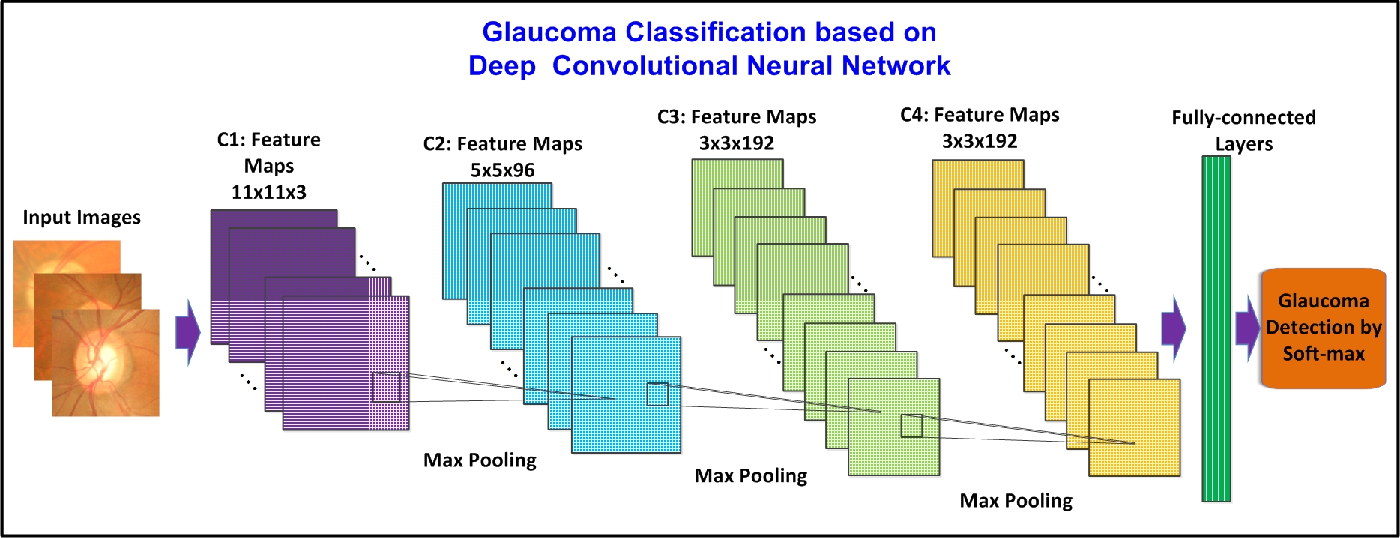
Downloads
Published
How to Cite
Issue
Section
License
Copyright (c) 2025 50sea

This work is licensed under a Creative Commons Attribution 4.0 International License.




